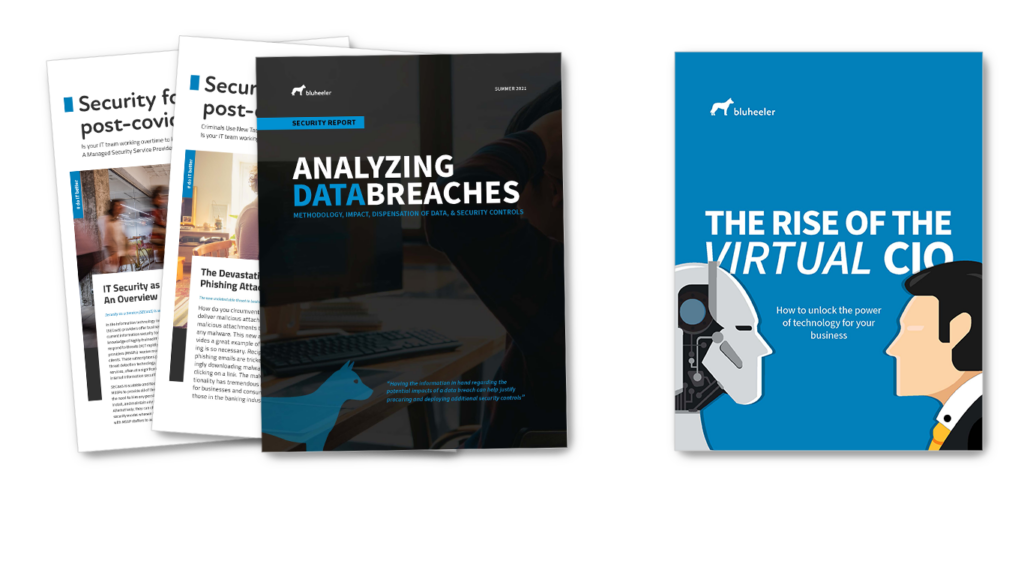As the world continues to witness increased digital transformation, digital tech initiatives are now a priority for many businesses. Due to market disruptions induced by the COVID-19 pandemic, more companies are leaning towards developing in-house technologies to minimize their reliance on third-party providers. Several technologies were trending in 2021, and significant progress in many of those technologies is expected in 2022. Below are the top six technology trends to watch out for in 2022.
Estimated reading time: 4 minutes
Data Fabric
Data Fabric, a data structure, is a design concept that offers flexible data sources integration across many platforms for different users. This integrated layer or fabric of data and connecting processes makes data available across all environments, adapting to critical needs. In addition, this design concept can use analytics over current metadata assets to support the design and utilization of integrated data in any environment.
Data management efforts can be reduced by up to 70 percent when this design concept is adopted. The reduction in data management efforts results from utilizing analytics for learning and locating where the data is being used and suggesting how it should be altered.
Cybersecurity Mesh
Along with technological advancements, security issues are also surfacing. That is why more businesses are incorporating defensive cybersecurity services. For example, cybersecurity mesh is a new architecture whose primary purpose is to integrate distributed security services. It provides independent security solutions that enhance overall security by moving control points near the protected assets.
This technology trend in business quickly and reliably verifies identity, context, and policy compliance in the cloud and non-cloud environments. As a result, it will minimize the costs linked to security incidents by up to 90 percent in the years to come.
Hyper-Automation
One of the most efficient ways businesses can organize and address operations is through hyper-automation. Hyper-automation allows you to quickly identify, evaluate and automate multiple business and information technology (IT) tasks, and improves accuracy. This business-driven approach uses artificial intelligence (AI), robotic process automation (RPA), and machine learning, among other methods, to solve business model disruptions and to enable remote operations and scalability.
It’s a fast-growing trend that speeds up performing tasks while minimizing operating costs by up to 30 percent. Through hyper-automation, organizations can use developments and tools that speed up processes, allowing them to only focus on those responsibilities that offer a differential value instead of automatable tasks.
Artificial Intelligence (AI) Engineering
AI engineering is a developing discipline that streamlines AI delivery by automating data, applications, and models updates. It involves developing systems, processes, and tools that allow the application of artificial intelligence in real-life situations. Through AI engineering, the delivery of AI is implemented, ensuring continuing business practices.
The fundamental question that AI engineering seeks to answer is how can artificial intelligence assist people to accomplish mission outcomes? And it also helps to determine the limits of AI systems in practice nowadays.
Privacy-Enhancing Computation (PEC)
Because of the increase in cybercrimes, it’s now more important than ever for businesses to adopt effective data protection security measures, such as privacy-enhancing computation. As a result, companies can be more confident when using PEC while sharing valuable and sensitive information in this digital era. PEC techniques protect data by enabling secure data processing, cross-border transfers, sharing, and analytics in untrusted environments.
Privacy-enhancing computation has developed from academic research to provide real-time data protection security issues. This new technology trend protects users’ data linked to businesses, stopping the risks of sensitive data exposure.
Metaverse
One of the most talked-about technology trends at the moment, the Metaverse is a digital universe that combines physical and virtual reality in a shared online space. It combines various technologies, such as virtual and augmented reality. Even though technically it does not exist yet, it promises to change the way people work, communicate, shop, and even have fun.
Experts anticipate that this digital universe will be the next evolution of the Internet. The Metaverse will offer many benefits to office work, buying and selling products, social presence, healthcare and payments, and other essential areas.
Multinational companies such as Facebook (now called Meta) and other big companies such as Microsoft and Zara have already joined the metaverse trend with the anticipation that this digital universe will be a place where individuals can work, shop, play, study, and interact. Although this technology is still in development, it’s a technology trend to look for in the coming years.
Bottom Line
It’s vital for every business, big or small, to be familiar with the top technology trends to stay relevant in the tech world. Furthermore, as technological advancements occur, organizations must upgrade their business processes to allow potential clients to connect with them easily.






